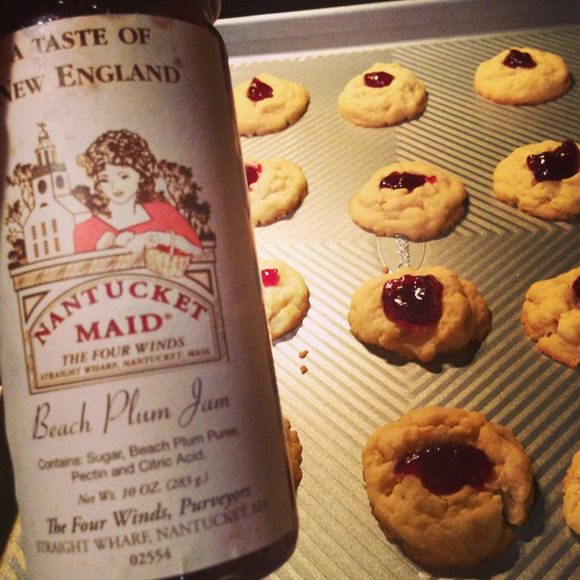Ingredients & Condiments
Beach Plum Jelly
This tangy East Coast spread is becoming increasingly hard to find.
New Englanders know and love the taste of beach plum jelly. Beyond the Northeastern coast of the United States, however, the sweet spread is almost completely unknown. Supermarkets don’t sell beach plums. Rather, foragers seek out the zingy, chalky, cherry-sized stone fruits in the wild. From late August to early September, they appear ripe and burgundy-purple, growing on gnarled, windblown bushes along dunes. Successful pickers take home their yield and preserve them as a tangy jelly or jam.
Fewer and fewer individuals and retailers are making this deep purple preserve, but it wasn’t always this way. Explorers have written about the presence of beach plums since 1524. Farmers cultivated the plant in the 1800s, and Ocean Spray even sold beach plum jelly back in the 1930s. But in recent years, coastal developments have taken over much of the beach plum’s habitat. According to locals, the sites of known remaining bushes often become well-kept secrets, even in families.
Written By
 rachelrummel
rachelrummel













